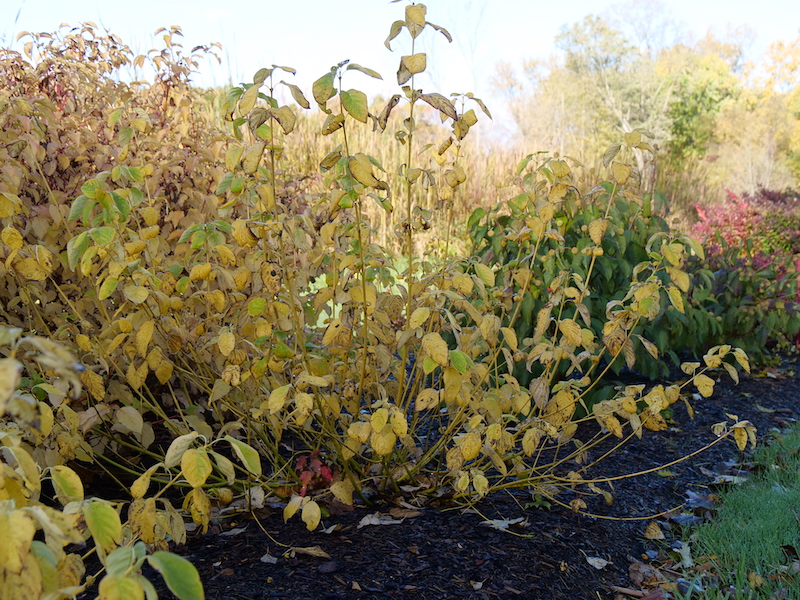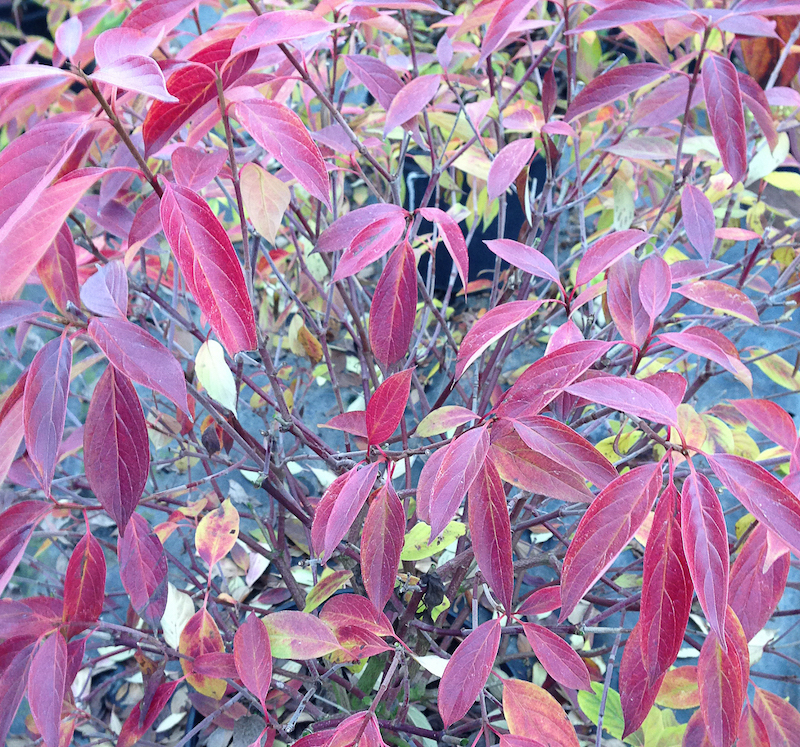Dogwoods are some of the most beautiful and most popular trees & shrubs in the United States. Seeing the flowers, or bracts, bloom are many people's favorite part of growing the small trees in their personal gardens. But what happens when the dogwood you planted in your garden has an abundance of foliage but not a bloom in sight?

Common Reasons Why Dogwoods Aren’t Blooming
Oftentimes, the solution to a non-flowering dogwood is a simple fix but it can often take time to narrow down the cause of the issue. Anything from pruning, fertilizer, or disease to the amount of water you provide it every season could be the culprit. Let us explore some reasons why your dogwood tree is not producing any flowers.

Pruning To Help Dogwoods Bloom
When pruning a dogwood, we suggest you pay close attention to the age, time of season it blooms and the species you have. If your dogwood is young, its age may be the reason it has not flowered, and it may just need time to become established before doing so. A plant that was purchased as a transplant may be suffering from shock, in which case it may simply need time to adjust to its new environment.
If it does not have any buds at all, monitor the dogwoods in your area and shortly after they bloom, you should prune your tree or shrub also. Just be sure not to prune next year's buds. You will also want to pay attention to the type of dogwood you have because the breed will determine how frequently and heavily it will flower.
Fertilizing To Help Dogwoods Bloom
Dogwoods and their foliage will grow vigorously with fertilization, but too much or the wrong kind can hinder flower growth. Dogwoods that grow in half sun or full shade will bloom best when surrounded by taller trees. We recommend using a fertilizer that is not high in nitrogen since dogwoods do not need heavy fertilization.
When choosing a fertilizer, an all-purpose, organic version is best, due to its slow nutrient release. Removing about 2-4 inches of turf around the plant's base and replacing it with mulch (about six inches away from the trunk) will also allow for better retention of nutrients and moisture and mimic the trees natural growing zone.
Watering To Help Dogwoods Bloom
Dogwoods can easily succumb to dry spells in the summer and fall months. Regular, deep soak watering once per week to a depth of about 6 to 12 inches should be more than enough to keep them happy, especially if you have a layer of mulch around the base of the tree or bush to help retain moisture. However, overwatering a dogwood can be just as detrimental to its health as not watering it enough, especially if planted in clay soil. Leaves will turn yellow or light green and it will not flower if not watered properly, so keep an eye out for these changes as well.

Other Reasons a Dogwood Will Not Bloom
Some other issues, such as disease & infestation will also affect how often a dogwood produces blooms. You can check for disease by monitoring the foliage for spots, drooping leaves, and weak stems. Anthracnose is the most common disease to affect dogwoods and presents as yellowing leaves with brown spots. If you find that this is the case, please be aware that plants can pass diseases to one another via the soil, so contact the nursery or plant provider you purchased the tree from to investigate.
Insect infestation is also a possibility that is evident by the leaf and bark health of the plant, so pay close attention to insect traffic and the health of the plant's leaves. Using an appropriate fungicide or insecticide spray could help remedy the problem, if needed. Please be aware to use any type of spray treatment sparingly and with caution, as they are hazardous to humans and pets.
- Prune your dogwood only when needed and leave new buds intact.
- Over-fertilizing your dogwood can hinder flower growth, so do so infrequently.
- Watering your dogwood properly is key to maintaining a healthy plant.
- Disease & infestations can ruin a beautiful dogwood so monitor for any significant changes in appearance.
